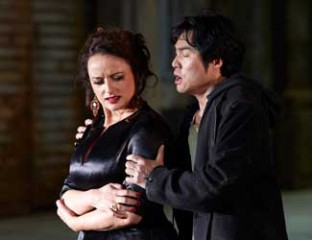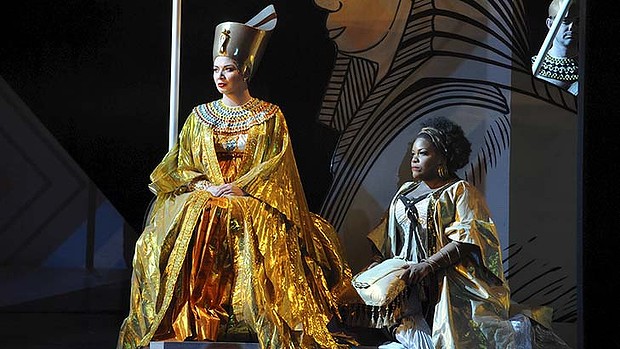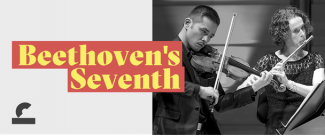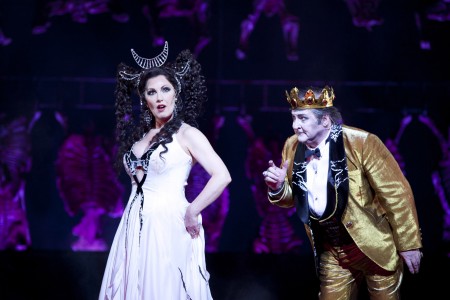Opera Review: Carmen/ Opera Australia
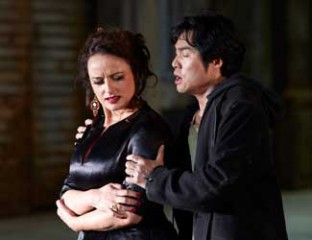
Photo credit: Keith Saunders
Carmen – Georges Bizet
Opera Australia
Joan Sutherland Opera Theatre, Sydney Opera House,
June 16, 2016
The neon colours of Vivid met their match last week when a rival kaleidoscope of colour erupted within the Joan Sutherland Opera Theatre for the opening night of Opera Australia’s new production of Bizet’s Carmen.
It was a highly anticipated reveal – word was about that Clémentine Margaine, the mezzo soprano singing the title role was exceptional; as well, it was John Bell’s directorial sequel to his lauded 2013 production of Tosca. Happily, both expectations were exceeded with John Bell credibly setting the action in a town square in Havana and directing a cast that was exceptionally gifted in both musical and dramatic talent.
Clémentine Margaine gave a powerful and intelligent portrayal of character and music as Margaine’s Carmen descended from hunter to the hunted. Her voice glowed with fresh colours, blossoming in her high register and smouldered in the low, unwavering strength in between. Her artful teasing of Bizet’s Spanish musical idioms were layered with passion and seduction. A carefree tease until her rejection by Don Jose, Margaine turned the tables in Act 4, tugging at our hearts appearing at Escamillo’s side as the lady she always aspired to be. Sydney has heard some formidable singers in the role of Carmen in recent years – it was an exceptional delight to hear the role sung by a Frenchwoman. Although Carmen’s signature aria, the Habanera enjoys great popular appeal – for my money, Margaine’s subtle rendition of Près des remparts de Séville with its tickling tra-la-las was the winner.
Margaine spear-headed a female cast that anchored the show. Natalie Aroyan sang a fine Micaëla. Her showcase aria Je dis que rien ne m’épouvante beautifully contrasted prayerful reverence with an intensely dramatic middle section combining power with nuance and beauty of tone. Although Aroyan won hearts and sympathy as the cast off childhood sweetheart, her Micaëla wasn’t all demure goody-two-shoes, arriving in the big smoke with a measure of confidence. Rather than shrinking in fright, she demonstrated no small amount of disdain for the adolescent antics of the soldiers.
There was terrific chemistry between the Ab Fab duo of Frasquita, sung by the red bouffed Jane Ede and the doll-eyed, platinum curled Mercedes, sung by Margaret Trubiano. Their energies reverberated off each other, supporting the narrative and creating a taut trio with Carmen in the Act 3 ensembles.
Yonghoon Lee made a welcome return to Sydney following his brilliant portrayals of Calaf and Cavaradossi in previous years. Perhaps he was battling illness, for on opening night he appeared uncharacteristically taxed. Nonetheless, the power of his voice is undisputable, with the added ability to slip into a delicate head voice in the most poignant moments. His Act 4 showdown with Carmen was truly electrifying; a clever actor, Lee’s Don Jose hinted at an Oedipus complex, which must surely have been in play, even though the libretto was written long before Freud actually gave voice to the theory. Slightly disconcerting though, was the fact that he has a tendency to close his eyes while singing which severs the connection with the audience and the ensemble.
Adrian Tamburini as Zuniga, Luke Gabbedy and Kanen Breen as El Dancaïro and El Remendado with Christopher Hillier as Morales, rounded off a competent male ensemble supported by a superb Australian Opera chorus. Michael Honeyman as Escamillo was unfortunately underwhelming. The children’s chorus, a bunch of particularly well -dressed urchins, was divided into a group of 12 clarion voiced trebles and 4 endearing street dancers who popped, spun and twirled their way through their numbers. Curiously, one was sporting a T-shirt with the logo of a prominent airline – innocent oversight or inappropriate product placement?
Conductor Andrew Molino set off at a heart starting pace, creating sense of frenzy at times, especially amongst the children’s chorus. By the time of the third act, this had settled and the entr’acte to Act 3 was a gently lifted cantilena with beautiful playing from the harp and flute. The orchestra as a whole was superb – highlights include the oboe line in the entr’acte to Act 4 and the four French horns in Micaëla’s aria.
There was a sameness to the theatrical choreography which left me craving for moves derived from Latin street dance like the Salsa or the Samba. However, the single most enigmatic element of the production lay in the costume design. The colours and style of the outfits were disconnected from the narrative, garish, shiny and pristine. Conspicuous in contrast, were Carmen’s homely voluptuous crossover dresses and a smashingly elegant black number worn in Act 4.
Bizet’s expert instrumentation creates a lush sound, draws out the characters and is a powerful story telling tool. John Bell’s new production for Opera Australia entertains, along with some extraordinary musical performances from the principals, orchestra and chorus. Sadly, Bizet died just three months after Carmen‘s not too successful premiere and did not live to see the fulfilment of Tchaikovsky’s prediction that “Carmen will be the most popular opera in the world.”
Shamistha de Soysa for SoundsLikeSydney©

